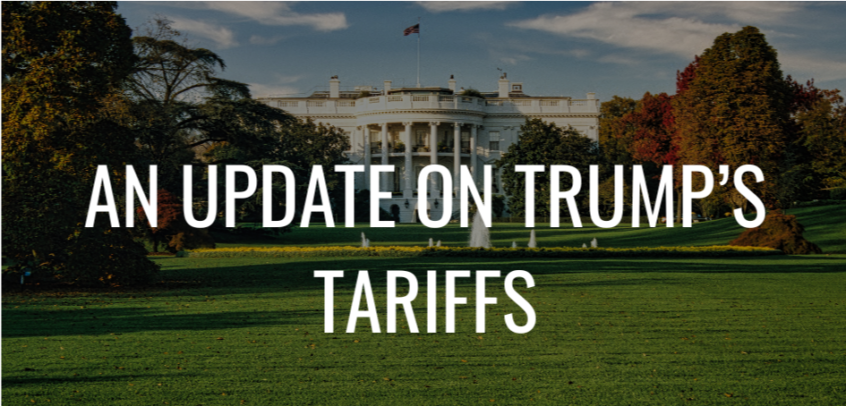Necessity is the mother of Invention
So, there we have it—’Liberation Day,’ as President Trump styled it. His speech in the Rose Garden was designed to play the strong man for his US domestic audience. It was a classic piece of Trumpian theatre, but what should we make of the outcome as investors?
Let us first go back to early 2020. We believe globalisation peaked at the start of the COVID panic and has been in retreat ever since. Here, globalisation refers to the ability of nations to trade with each other with minimal friction, costs, and regulation.
The pandemic underscored the security and critical nature of supply chains. While the circumstances were difficult, countries adapted and found new ways to provide their populations with essential goods. Individual countries began to reinvent their supply chains around countries they felt they could trust.
Next came another harsh lesson when Putin’s Russia invaded Ukraine, and much of Europe realised how mistakenly dependent it had become on Russian energy. Germany abandoned its carefully planned energy policy in a matter of days, and European leaders scrambled to secure alternative energy sources. As with the pandemic fallout, volatility surged, causing sharp fluctuations in the prices of stocks, oil, and even gold. Once again, economies saw new winners and losers at both the country and company levels.
Trump’s Tariffs
And so, we come to Trump’s tariffs. These are not what is often called a ‘Black Swan’ event i.e. one nobody could have foreseen. In fact, it was the opposite. Trump has been vocal about implementing “huge” tariffs since the start of his re-election campaign. Countries such as China have been preparing for this latest escalation in their economic battle with the US for months, if not years.
Trump argues that America will benefit from these tariffs and implies that other nations will lose. We disagree. While some countries will face significant headwinds, they will adapt and ultimately thrive. Meanwhile, the US itself will also suffer economic consequences. In the coming weeks, we expect more pro-growth policies and stimulus measures from Europe and China, which should positively impact their markets.
Trump has also forced the world outside the US to become less dependent on America for trade and economic stability.
The economic and market environment that defined the period between the global financial crisis (GFC) in 2008 and Trump’s re-election has definitively ended. We often caution about the dangers of investing using the rear-view mirror, but as hard as that is, it’s probably more important than ever since the GFC.
Genuinely diversified portfolios, without reliance on one geography or asset, are the best tried and tested way to invest over the medium to long term. Many assets have struggled to shine as the US growth stock bandwagon encapsulated by the Magnificent (Mag) 7 companies, such as Nvidia, reached stratospheric valuations. Further market turbulence is likely over coming weeks/months as markets see how much retaliation there is and/or scope to negotiate the tariffs down.
There remains a tremendous opportunity here for investors who can see past the winners of the last few years.
These tariffs clearly increase the risk of a short-lived recession in the US, but our base case remains that this is avoided. If there were a recession, markets would very likely fall further. However, central banks would respond by cutting interest rates considerably, limiting the extent of any downturn and providing the basis for a subsequent recovery in markets.
While everyone must accept we live in much more volatile times, the positioning of our portfolios reflects the new world order and is designed to capture these same opportunities.


